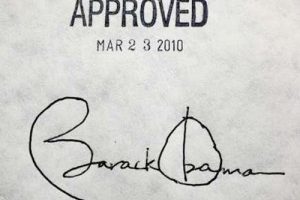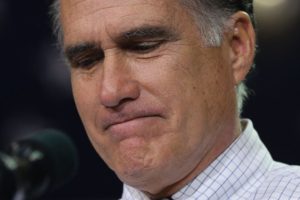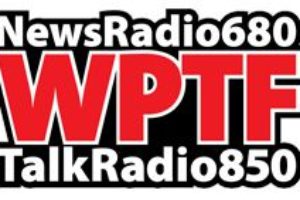In 2002, the euro was worth 86 cents; today it buys $1.57.
The value of the dollar has declined 30% in the last six years, and considering the U.S. economy is grinding to a halt, the fall of the dollar may have further to go. The credit “crunch” that initiated during the summer of 2007 forced the Federal Reserve to stop any further tightening of monetary supply. The fed rate, an interest rate banks charge one another for overnight loans, dropped to 2.00% after a number of cuts by the Federal Reserve. These cuts make our currency less attractive and have aided in its further weakening. However, to effectively combat a slow growth economy, the Federal Reserve must maintain a loose monetary policy.
Inflation in the U.S. is over 4%, as a result of higher oil prices and food costs, American consumers are under pressure and may have to demand more wages to survive. Companies have absorbed much of the increase in expenses from higher energy costs. However, if workers demand more in wages, then companies will need to raise prices to maintain margins, resulting in higher inflation and the possibility of a wage-price spiral similar to the one recorded in the 70’s. The Feds are tempted to raise rates in order to reign in inflation, which will have positive effects on the dollar, but a negative impact on a weak economy with banks and corporations in need of capital. The Federal Reserve is officially in a “quagmire”.
Foreign investors are the clear winners in an environment where some analysts have been quoted saying “why would anyone buy dollars”. Just a few weeks ago, Anheuser-Busch Cos., an American brewer and favorite amongst sports fans from NC to CA, was taken over by InBev, a Belgian-Brazilian brewer. Anheuser-Busch Cos. dominated the U.S. market with sales to almost 50% of all beer consumers. Undoubtedly, a crippled dollar allowed InBev to pay $52 Billion to gain control of one of America’s most treasured assets.
Middle East, China, and Japan are flushed with dollars from a boom in the world economy. These countries’ foreign reserves tripled to $5.7 Trillion from selling hungry U.S. consumers oil, toys, and appliances, while buying Treasuries to finance America’s voracious appetite for overseas debt. China alone has $1.4 Trillion of reserves, and Japan is second with $1 Trillion. Sovereign wealth funds, foreign state-owned vehicles that invest the reserves of these countries, have made sizable investments into a number of troubled banks. Without investors from the Middle East, one would have to wonder if there would still be a Citigroup.
However, there are many declared winners in the U.S. when the dollar is kept low. A weak dollar makes U.S. goods and services appear less expensive to foreign consumers. Exporters in our country, such as high end retailers or equipment manufacturers such as Caterpillar, all gain huge boosts when exchange rates shift in their favor. Without a booming export market, our economy would be in “technical” recession, a decline in GDP for six consecutive months. Companies that export to foreign markets are keeping industrial property vacancies and rents stable nationwide and covering the slack created by a slowing in demand for imports. Consumers’ wallets are stretched, so they are reducing travel to conserve gasoline while cutting purchases of discretionary items, such as toys and electronics.
Cities that depend on tourism are booming. Foreign travelers are going everywhere from Disney World to Yosemite. Hospitality owners are benefiting despite domestic travel being on life support. This keeps Americans employed and municipalities funded during a down economy. Real estate in the U.S. is on the radar of foreign investors interested in exploiting a palpable exchange rate. Throw in the fact our real estate market is weak with national values dropping, and opportunities in the U.S. are attractive.
The U.S. contributes 25% to world GDP and the cooling of our economy is beginning to have some effects on foreign economies. In the coming months, Europe will need to cut their interest rates to combat slow growth in their own economy. This should slow the decline in the dollar’s value.
Those with the responsibility of rescuing us from these situations, our Federal Reserve, are fighting an interesting battle. If they raise rates, then they will help the dollar, but might choke off what little life we have left and send the economy in a tailspin. However, if they cut rates further to combat slow growth, then they might fan the flames of an inflation wildfire and set off a wage-price spiral in the economy that causes the dollar to become a “worthless piece of paper”. In the meantime, the American people are right to wander if the group that was sent in to rescue us may be in need of rescuing themselves.




